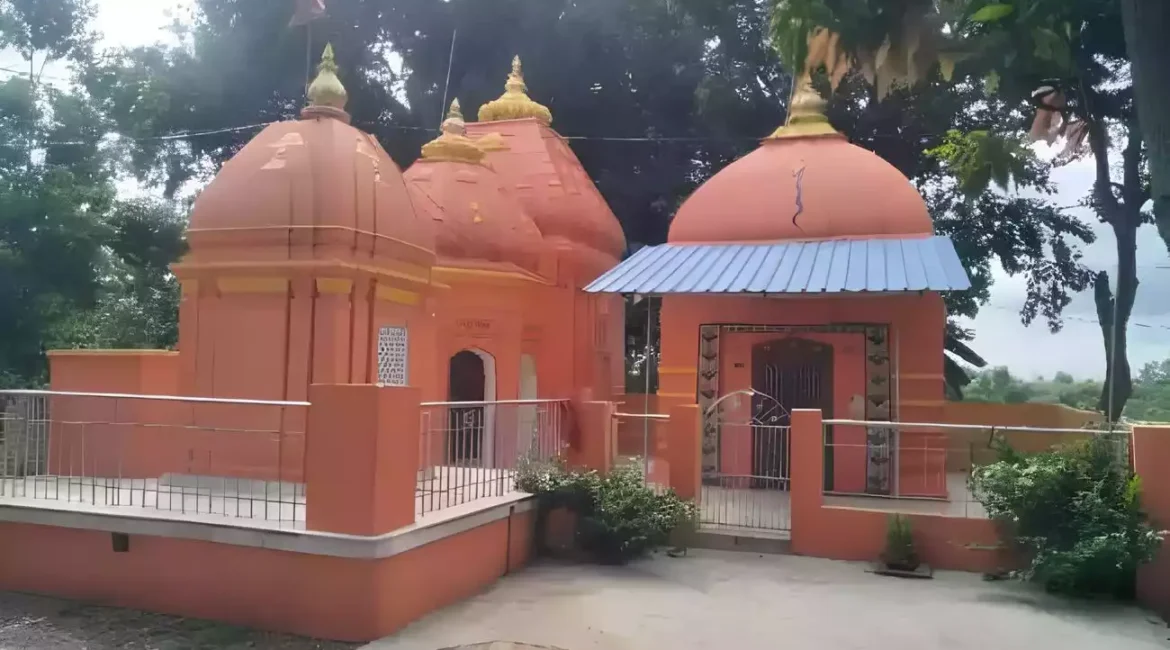Shamli District: A Comprehensive Overview
Introduction
Shamli District, located in the state of Uttar Pradesh, India, is a region steeped in history and culture. Formed in 2011, Shamli has quickly developed into a significant administrative unit with rich historical roots, diverse demography, and vibrant cultural traditions. This article delves into the various aspects of Shamli District, providing a detailed description of its geography, culture, history, cuisine, notable figures, and administrative setup.
Geography of Shamli District
Shamli District is situated in the western part of Uttar Pradesh, forming a part of the Doab region, the fertile land lying between the Ganges and Yamuna rivers. Covering an area of approximately 1,067 square kilometers, the district is characterized by its flat terrain and agricultural productivity.
Climate and Natural Resources
The climate of Shamli is classified as subtropical, with hot summers, a monsoon season, and cool winters. Summers can see temperatures soaring above 40°C, while winters are relatively mild with temperatures dropping to around 7°C. The monsoon season, from July to September, brings the bulk of the annual rainfall, essential for the district's agriculture.
The Yamuna and Hindon rivers, along with numerous smaller water bodies, contribute significantly to the district's irrigation needs, supporting the cultivation of crops like sugarcane, wheat, and rice.
Historical Background
Shamli has a rich historical background that dates back to ancient times. The region has witnessed numerous historical events and has been ruled by various dynasties, including the Mauryas, Mughals, and the British. The district played a crucial role during the Indian Rebellion of 1857, with several key battles taking place in its vicinity.
Ancient and Medieval Era
During the ancient period, Shamli was part of the Kurukshetra region, known for its association with the epic Mahabharata. The area was later ruled by the Mauryan Empire, followed by the Gupta Dynasty, which contributed to its cultural and economic development.
Mughal and British Periods
Under Mughal rule, Shamli saw significant development in agriculture and trade. The British period marked a pivotal era for Shamli, especially during the 1857 rebellion when it became a center of resistance against British forces. The district's strategic location made it a focal point for revolutionary activities.
Demography
Shamli District has a diverse population with a mix of various communities living in harmony. According to the 2011 Census, the population of Shamli is approximately 1.27 million.
Population Distribution
The district is predominantly rural, with about 80% of the population residing in villages. The urban population is concentrated in towns like Shamli and Kairana.
Ethnic and Religious Composition
Shamli is home to a variety of ethnic groups and communities. The major religions practiced in the district are Hinduism and Islam, with smaller communities of Sikhs, Jains, and Christians.
Culture and Traditions
The culture of Shamli is a vibrant blend of traditions and customs that reflect its historical legacy and diverse population. Festivals, fairs, and cultural events are integral to the social fabric of the district.
Festivals and Fairs
Major festivals celebrated in Shamli include Diwali, Holi, Eid, and Baisakhi. The district is also known for its local fairs, such as the Budhana Mela and the Kairana Mela, which attract visitors from surrounding regions.
Arts and Crafts
Shamli is renowned for its traditional arts and crafts. Handloom weaving, pottery, and embroidery are prominent, with local artisans producing intricate designs that reflect the region's cultural heritage.
Cuisine
The cuisine of Shamli is a reflection of its agrarian lifestyle and diverse culture. The district's food is known for its rich flavors and use of locally sourced ingredients.
Staple Foods
The staple diet in Shamli includes wheat, rice, and lentils. Roti (bread) and dal (lentil soup) are common dishes, often accompanied by seasonal vegetables and dairy products like ghee and butter.
Popular Dishes
- Sugarcane Products: Given the prominence of sugarcane cultivation, jaggery (gur) and sugar are widely used in local recipes.
- Kachori and Samosa: These deep-fried snacks are popular across the district.
- Halwa and Petha: Traditional sweets that are often prepared during festivals and special occasions.
Notable Figures
Shamli has produced several notable figures in various fields, including literature, politics, and social reform.
Poets and Authors
- Mumtaz Rashid: A renowned Urdu poet known for his lyrical and evocative poetry that captures the essence of rural life in Shamli.
- Shravan Kumar Sharma: An eminent Hindi author who has contributed significantly to contemporary Indian literature.
Political Leaders
- Hukum Singh: A prominent political figure from Shamli, known for his contributions to the district's development and his role in national politics.
Administrative Setup
Shamli District is part of the Saharanpur Division and is administratively divided into three tehsils: Shamli, Kairana, and Thana Bhawan.
Governance Structure
The district administration is headed by the District Magistrate (DM), who oversees the implementation of government policies and programs. The tehsils are further divided into blocks and villages, each managed by local administrative officers.
Key Government Offices
- District Magistrate's Office: The central authority for administrative functions.
- Zila Panchayat: Responsible for rural development and local governance.
- Police Department: Ensures law and order within the district.
Conclusion
Shamli District is a region that seamlessly blends its historical heritage with modern development. Its rich cultural traditions, diverse population, and vibrant economy make it a unique and important part of Uttar Pradesh. As Shamli continues to grow and evolve, it remains a testament to the resilience and dynamism of its people.
